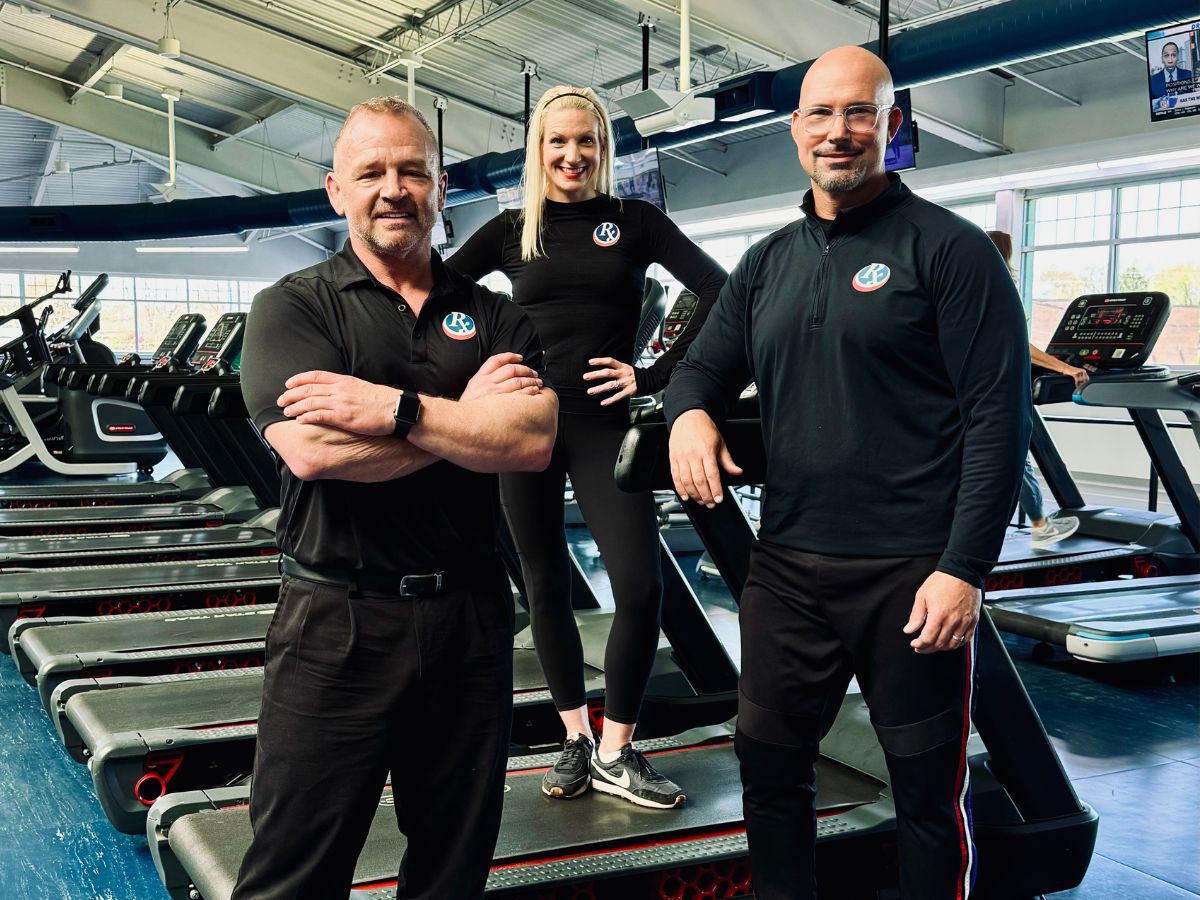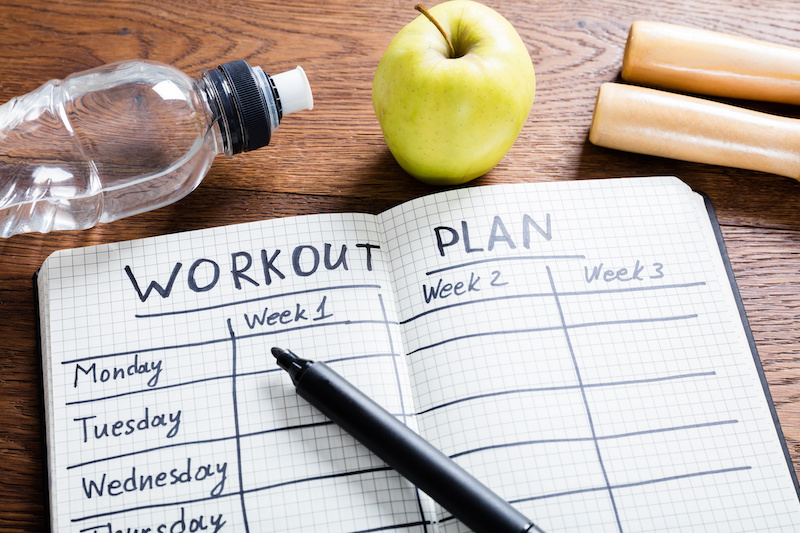Written by: Elsie Velazquez cert. Personal Trainer at Prescription Fitness (Cleveland, Ohio)
Aside from squats, lunges are my next favorite exercise. Lunges allow you to shape and strengthen almost every muscle in the lower body – hips, glutes, quads, hamstring and calves. Lunges are a bit tougher than squats because the split stance puts you in an unstable position, which challenges your balance. Lunges also allow you to do what a squat does not…work each leg more independently.
Many people say that they cannot do lunges because of knee pain. It may be because of knee injuries or because lunges are done in a challenging position. Luckily, there are many variations of lunges. I do suggest seeing a doctor and/or hiring a trainer at Prescription Fitness to help with finding the right type of lunge for you. A trainer can help you with good form which may eliminate the discomfort (and fear) of doing lunges.
Below, I will explain proper form, give you several lunge variations, and provide tips and modifications for avoiding injury and diminishing discomfort.
Proper Form:
- Start standing tall with your feet hip-width apart and your core engaged.
- Take a big step forward with your right leg while shifting your weight forward so your heel hits the ground first.
- Bend both knees at 90-degrees to lower your body until your right thigh is parallel to the floor and your right knee is directly above your ankle.
- Press into your right heel to drive back to the starting position.
- Repeat on the other side.
Lunge Variations:
Once you’ve mastered the basic lunge, there are many variations to explore. Here are few examples:
- Side Lunge – this variation emphasizes the inner thighs along with the hips and glutes.
- Reverse lunge – instead of stepping forward, you step back – this utilizes the hamstrings and glutes more.
- Lunges with bicep curls – a two-for-one move. Why not?
- Lunges with overhead press – another two-for-one move. Challenges your core while lunging.
- Curtsy lunge – a variation of the reverse lunge that really works the glutes.
- Jumping lunges – a plyo move that adds a bit of cardio to the lunge.
- Barbell lunges– allows you to use heavier weights since the weight is more evenly distributed over the body. You should have experience and good balance before trying this. This is a good one to hire a trainer at Prescription Fitness to help you with.
I’ve given you many options for incorporating lunges into your workout routine. While you don’t want to do all of these lunges in one lower body workout, if you are experienced with working out, you can choose 1-3 for each training session. If you are a beginner, start with one and work your way up.
Tips and Modifications:
If after trying the above variations, lunges still bother you, here are a few modifications to try before you give up on them completely.
- Assisted Lunges – use no weight and hold onto a wall or chair for balance.
- Smaller range of motion – only lower down halfway – may help you keep good form without putting full pressure on the knees.
- Elevate the front foot – placing the front foot on a step or small platform may be another modification to try if your knees ache.
- Take smaller steps – increase the lunge distance as you get stronger
- Keep your knees straight. Don’t let your leading knee collapse inwards.
- Keep your ankles straight. Don’t let your leading ankle collapse inwards.
- Keep your body upright. Don’t lean forward.
- Keep your knee in line with your ankle.
If you have any questions regarding this post, please contact a Prescription Fitness professional at info@prescription-fitness.com.

Click on a Subject to Learn More



